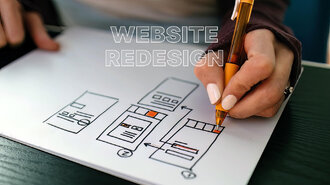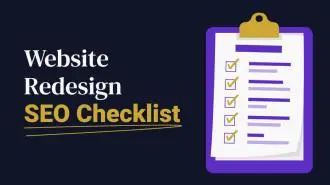Most business owners aim to boost their online visibility and grow their business with a solid website. It’s a crucial step in building a strong brand and drawing in more potential customers.
Whether you’re running a small business or a larger company, your digital presence—especially through your website—can significantly impact your growth.

However, for many small business owners, the task of creating a new website or redesigning the existing one can be quite daunting. Implementing effective web design strategies is imperative for creating a professional website that can effectively engage existing customers while attracting new ones.
With the interest of small businesses at heart, this article will provide valuable insights into the realm of small business website design, offering tips that can help enhance your site’s effectiveness.
So, let’s dive right in!
Want to receive updates? Sign up to our newsletter
Each time a new blog is posted, you’ll receive a notification, it’s really that simple.
Website Redesign
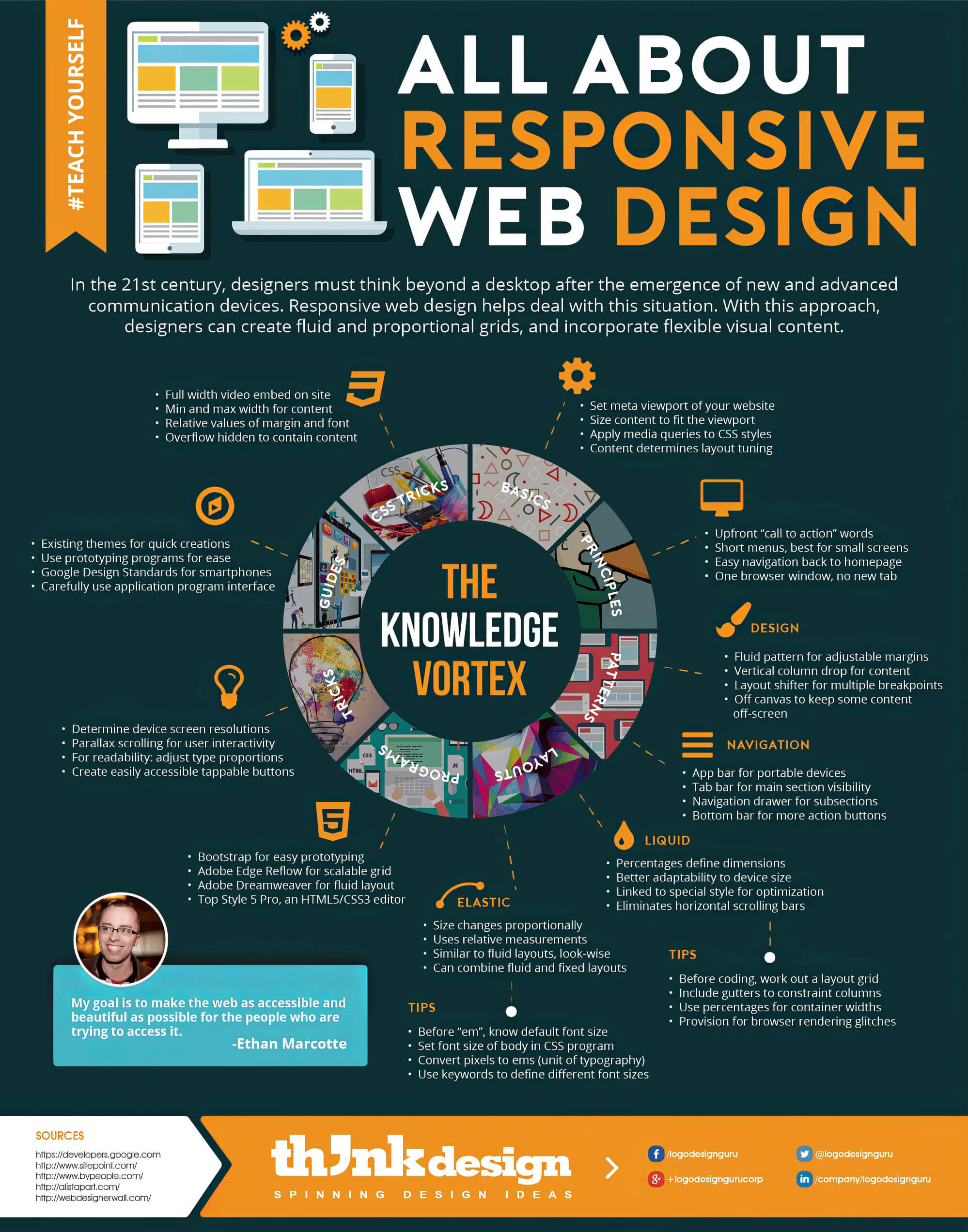
Redesigning a business website entails more than mere visual adjustments; it involves the strategic use of white space, among other design elements. It involves completely revamping the website to give it a modern look, improve user experience, and keep up with the latest trends and technologies.
Redesigning your site might also involve optimising it to boost its visibility in search engine results, which can help turn more visitors into customers.
How Frequently Should You Consider Redesigning Your Website?
Various factors influence how often you should redesign your website. While there’s no set rule, key considerations can guide you in finding the right timing. Here’s what to consider:
- If your website appears outdated in comparison to competitors or lacks modern features and relevant content that have become the norm, a redesign may be warranted.
- If your website is founded on outdated technology, a redesign could be necessary to leverage the latest advancements, such as compatibility with mobile devices.
- Website analytics can provide a thorough analysis of user behaviour across various website pages. Suppose you notice a decline in engagement, increased bounce rates, or complaints about usability.
- Significant changes in your business goals, brand identity, or target audience might call for a redesign to align your website with your new direction.
- A significant aspect of the redesign process is ensuring your website is mobile responsive, enhancing the user experience for those accessing your site via mobile devices.
- It is crucial to consider user feedback and suggestions, particularly those pertaining to the website’s usability on a mobile device. If you consistently receive feedback about specific design or functionality issues, it indicates that a redesign could address these concerns.
- If your website’s performance restricts user experience, a redesign can help optimise speed and responsiveness.
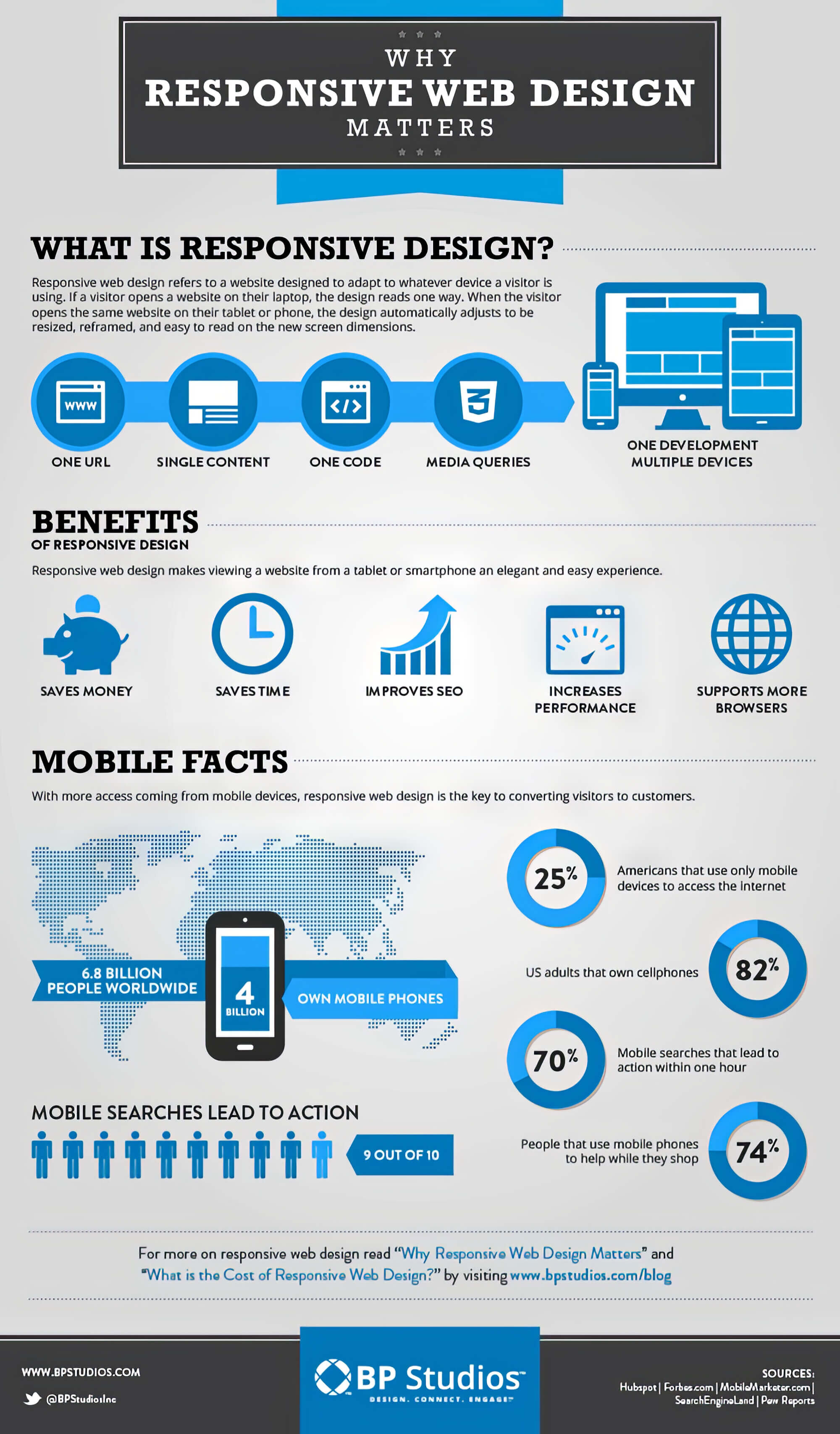
So, ensure you thoroughly examine each area before making a final decision. However, a website redesign every 2 to 3 years is a common recommendation.
Effective Website Redesign Tips For Local Businesses
There are several ways to achieve great results, but you must choose based on your requirements and goals. Here are some prominent result-driven tips for your local business while redesigning websites.
1. Identify Your Website Redesign Objectives
Setting clear objectives for your website redesign, like improving user experience and attracting new customers, is crucial. These goals provide a roadmap for the changes you want to implement. Consider focusing on:
User Experience: One of the primary objectives of a website redesign is often to enhance the overall user experience, especially for sales pages. Focus on easy navigation, impressive visuals, and a user-friendly approach.
Conversion Rates: Conversion rate optimisation (CRO) is a key goal for many websites. When you strategically design your website with clear and compelling calls to action and optimised landing pages, you can boost your website’s ability to turn visitors into customers or leads.
Brand Visibility: Redesigning your website also presents an opportunity to strengthen your brand’s online presence. You can add consistent branding elements throughout the website, such as your logo, colour scheme, and brand messaging.
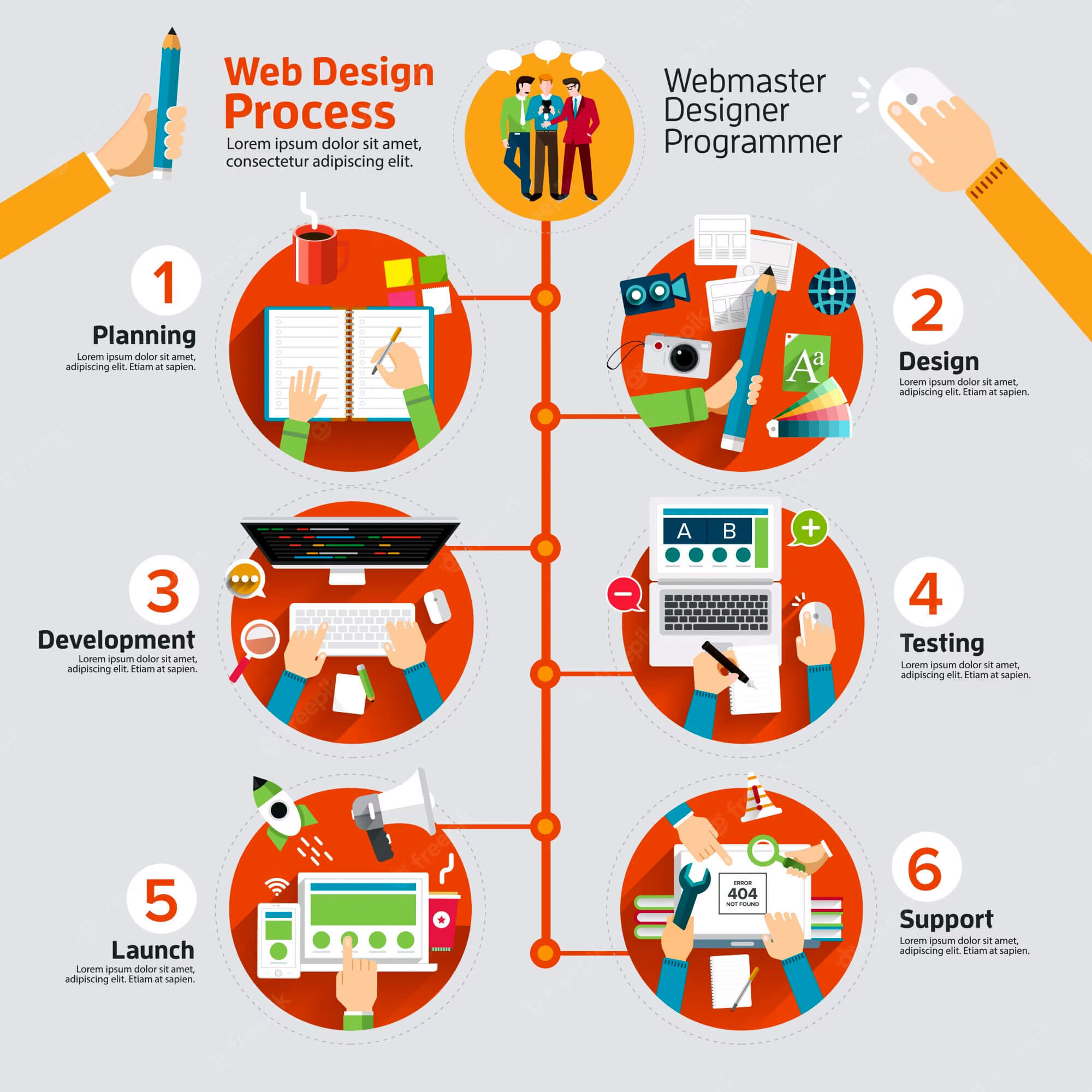
Update Outdated Design Elements: Design trends and technologies evolve over time, and websites can look outdated. An essential objective of a redesign may be to update the website’s design elements to give it a modern and fresh appearance. This ensures that your website remains visually appealing and relevant to your audience.
Speed and Performance: The speed and performance of a page significantly impact user satisfaction and SEO rankings. So, a redesign must focus on optimising loading times and reducing server response times.
Adding New Features and Functionality: Technology and user expectations are constantly developing. A redesign may seem like a chance to include new features like live chat, chatbots or interactive elements.
2. Compare Your Current Performance Statistics to Industry Norms
Analysing key metrics is a crucial step in redesigning your website. It helps you gauge how well your site performs against others in your industry.
Website Traffic: Analysing your website’s traffic is a key digital marketing strategy that helps you gauge its popularity and the effectiveness of your efforts to drive visitors to your site. Compare your traffic levels to industry benchmarks to see if your website is attracting a healthy number of visitors or if there is room for improvement.
Bounce Rate: It shows how many people visit your website, look at one page, and then leave without doing anything else or going to another page. A high bounce rate could mean that people need help finding what they’re looking for on your site or that it needs more interesting content.
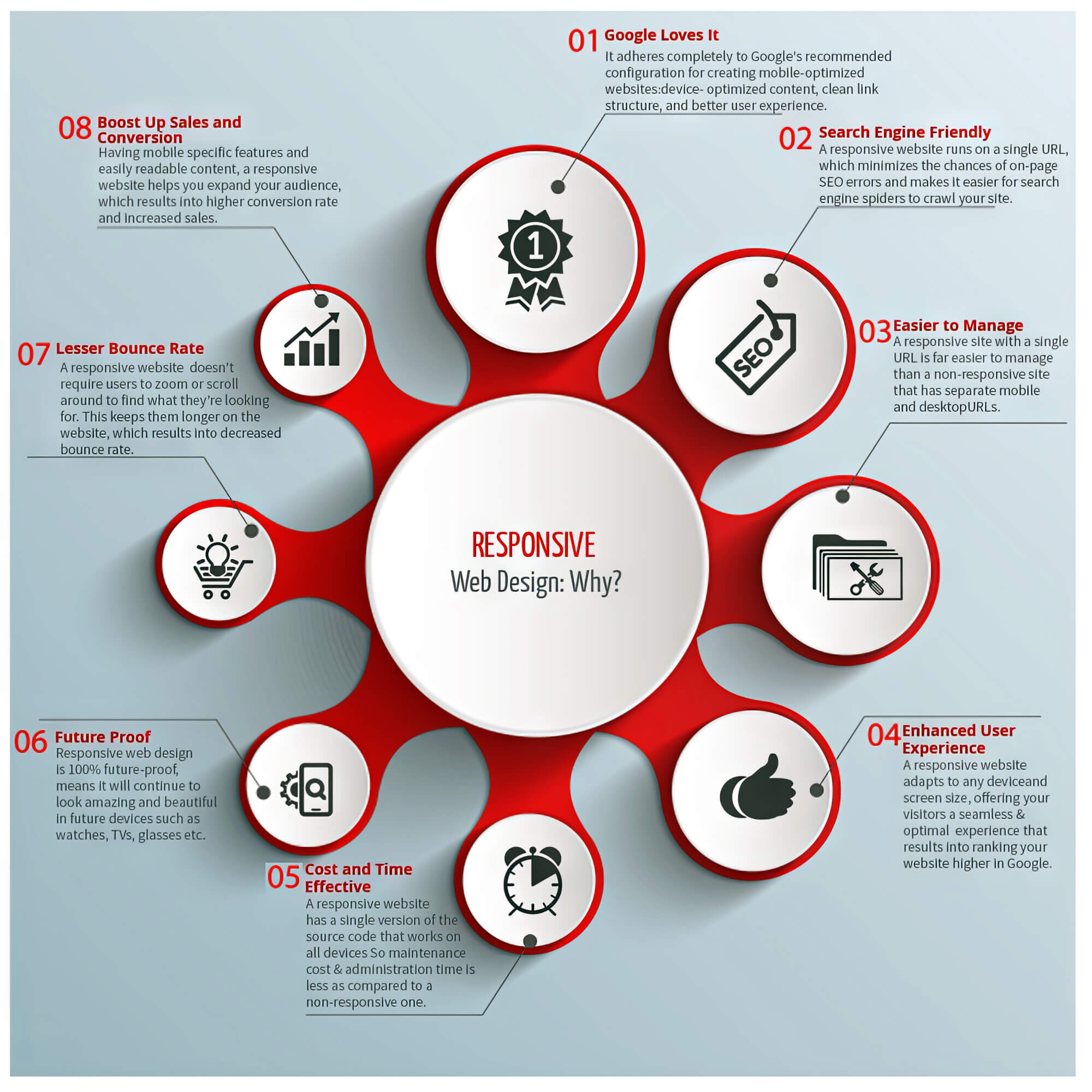
Conversion Rate: It measures the percentage of website visitors who complete a specific action, such as purchasing, filling out a contact form, or providing their email address for a newsletter sign-up.
Average Session Duration: In best practices, The average session duration represents the average amount of time visitors spend on your website during a single visit. Longer session durations generally indicate that visitors find your content engaging and valuable.
So, if your website’s performance falls below industry averages in certain areas, you must address them during the redesign process.
3. Define Your Messaging and Branding
Effective messaging and branding help you strengthen your brand identity and connect with your target audience. A strong website redesign can achieve much more for your local business.
Unique Selling Propositions (USPs): Identify and emphasise your USPs on the website to communicate the value you offer to customers. Highlighting these unique aspects can help differentiate your brand and attract potential customers.
Brand Identity and Values: Your brand identity represents the essence of your business and what it stands for. During the redesign, clearly define your brand’s core values, mission, and vision. Consider what sets your business apart from competitors and how customers want to be perceived. Your brand identity should be reflected in the design elements, colours, and imagery used throughout the website.
The Tone of Voice and Messaging Consistency: Determine the tone you want to use to communicate with your audience. It may be casual, professional, friendly, or authoritative. Use the chosen tone consistently across all pages, blog posts, and communication channels to create a solid brand experience.
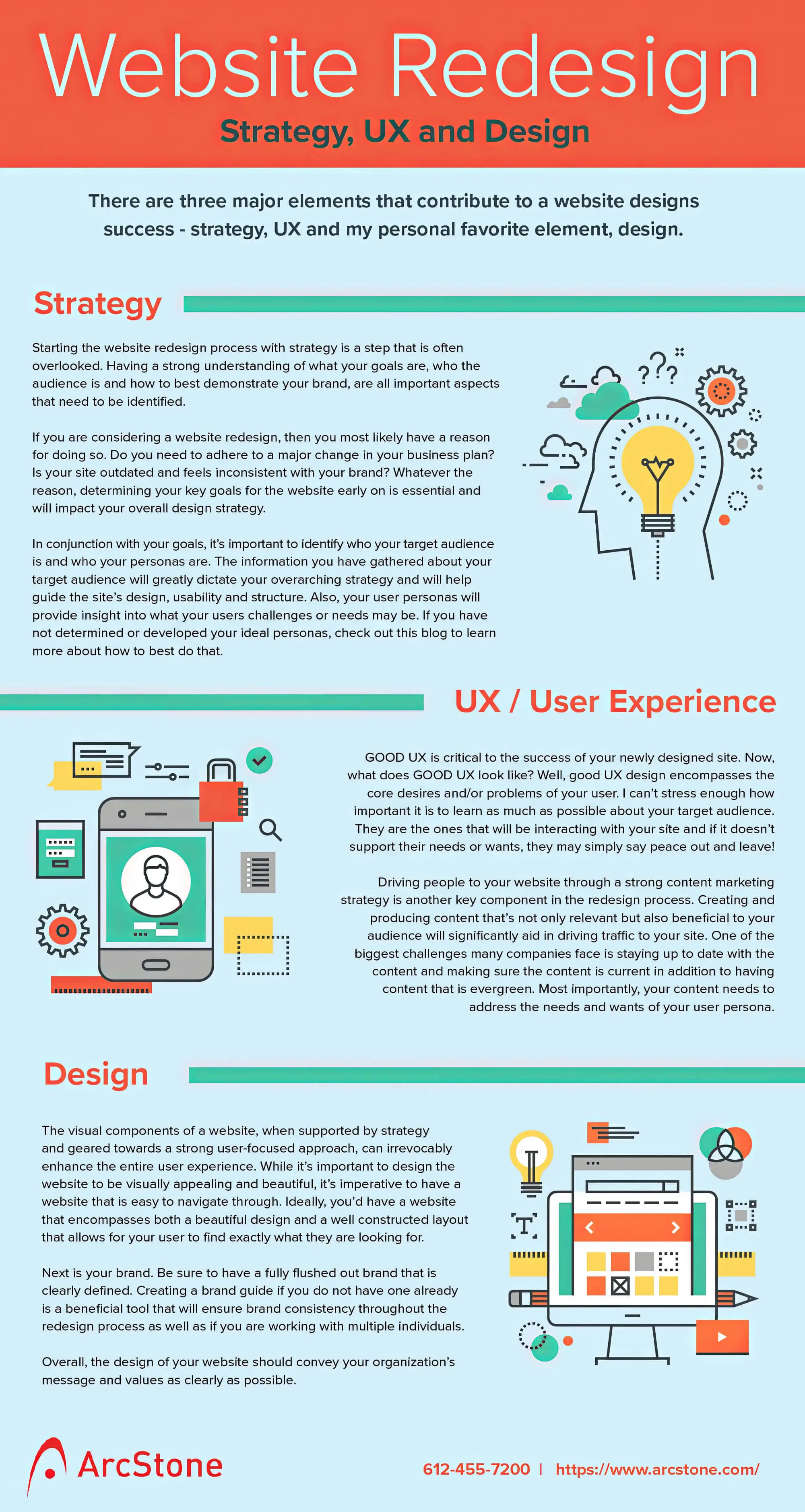
Storytelling and Emotional Connection: Use the website redesign as an opportunity to tell your brand’s story. Share the journey, successes, and milestones of your product or service. Storytelling creates an emotional connection with your audience and humanises your brand. It helps customers relate to your business on a personal level.
Addressing Audience Preferences: Consider the language, terminology, and phrases that resonate with users. Apprehending your audience’s preferences allows you to create messaging that speaks directly to their interests and pain points.
Value Proposition on the Homepage: Your homepage should prominently display your value proposition. It should be a concise statement that communicates the primary benefit your business provides to customers.
4. Select the Proper Software
Here comes the most important thing to consider, i.e., a website development software or content management system (CMS). This choice will significantly impact the website’s functionality, ease of management, and scalability.
And that’s where you may consider partnering with reliable software outsourcing companies to accelerate the redesign process. All your technical requirements will be met if you connect with experienced and professional software developers.
Before selecting a website development software or CMS, consider its user-friendliness. Opt for a platform that allows your team to quickly update and manage content without requiring extensive technical knowledge. An intuitive interface can streamline the content creation and editing process, saving time and effort.
5. Define Your Ideal Customers
Defining your ideal consumer, also known as creating buyer personas. Now, this has a huge place when redesigning a website. It involves creating detailed fictional representations of your target audience based on real data and insights and is integral to search engine optimisation.
You must collect data and insights about your existing customers and website visitors. And to do that, you may use analytics tools. Tools will help you understand customer demographics, such as age, gender, location, and interests.
You can also analyse user behaviour on your website, including pages they visit, time spent on each page, and their actions. Look for patterns and common characteristics among your customers.
So that you can group them based on similar interests, pain points, and motivations; for instance, if you offer different products or services, you may have distinct groups of customers with specific preferences.
However, a buyer persona is a semi-fictional representation of an ideal customer, encompassing demographic information, behaviours, goals, challenges, and preferences.
Each persona should be crafted thoughtfully with a name, a photo (representative image), and a backstory to make your website more relatable to your audience. Understanding these factors helps you tailor your website’s content and design to appeal to each persona’s specific needs and interests.
Well, not only this, but make sure you dive deeper into each persona’s pain points, challenges, and goals. And know what problems they face and how your products or services address these issues.
Try to explore and organise your website’s navigation and structure based on the preferences and interests of each persona. Ensure that important information and calls to action are easily accessible and relevant to their specific needs.
6. Protect Your Pages Optimised for Search Engines
A search engine has a big role to play. Thus, you must protect your pages and optimise them for search engines during a website redesign. It is recommended that before starting the redesign, you identify the pages on your current website that are well-optimised for search engines and ranking high in search results.
To get started with an effective SEO strategy, analyse the SEO elements contributing to the success of each high-performing page. This includes the URL structure, meta tags (title tags and meta descriptions), header tags, keyword usage, and internal linking.
In addition, try to keep the URLs of high-performing pages as unchanged as possible. This also ensures you perform keyword optimisation from the original pages to the new ones.
Also, add relevant keywords to the page content, headers, and meta tags. However, avoid keyword stuffing and maintain a natural and user-friendly flow of content.
Certainly, duplicate content can cause you great damage. Therefore, it is suggested to leave the same content on multiple pages. And that’s exactly where you must consider using canonical tags to indicate the preferred version of the content to search engines.
When everything is being optimised, never ignore images and media. Also, maintain internal links that point to and from high-performing pages. Internal linking helps search engines understand the structure of your website and how pages are related to each other.
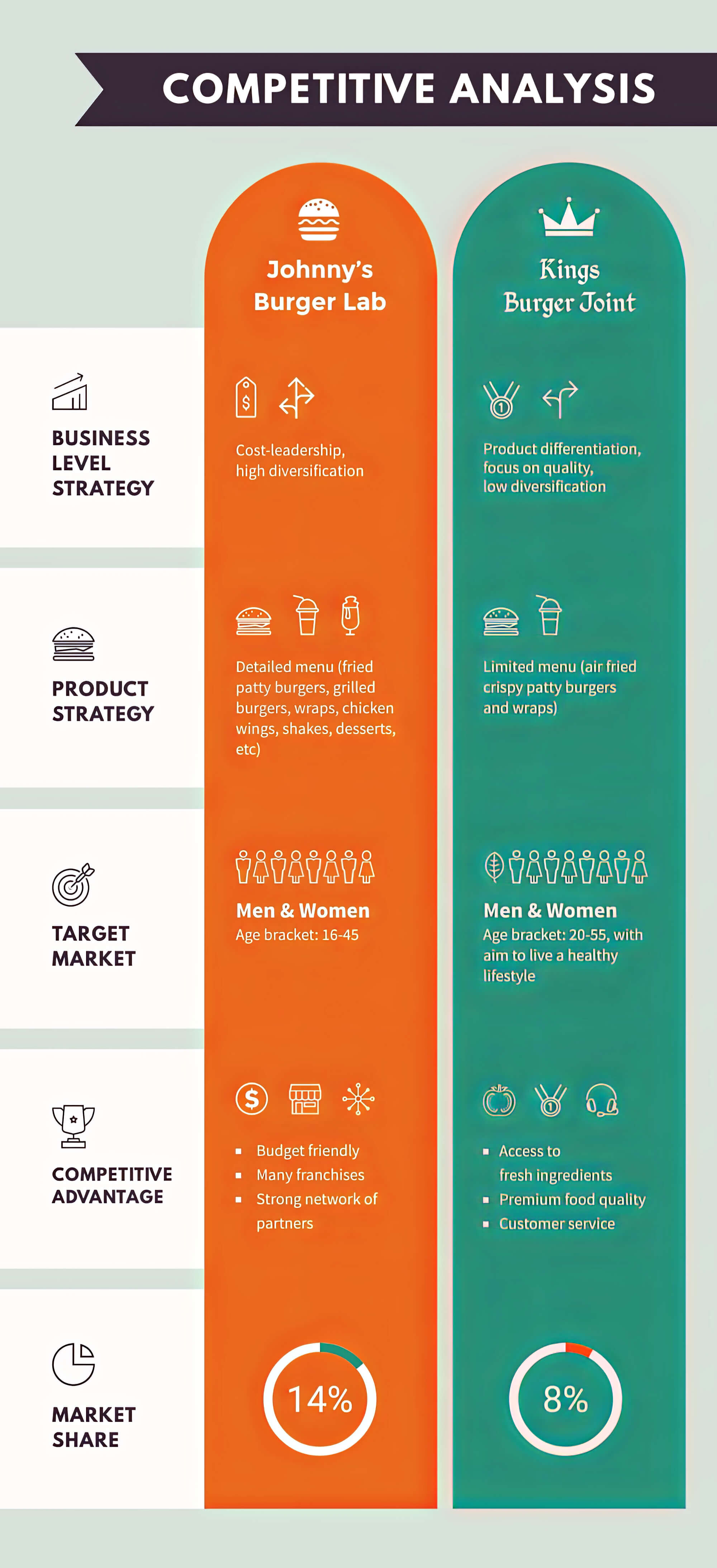
7. Examine Your Competition
Competitor analysis is crucial and a valuable part of the website redesign. It provides insights into the market landscape and helps you make informed decisions to improve your own website.
Make sure you are doing the following:
- Look for businesses that offer similar products or services to your own and target the same audience.
- Visit your competitors’ websites and analyse their design elements. Pay attention to their website layout, colour schemes, typography, and overall visual appeal.
- Examine how your competitors organise their website navigation. Look for intuitive menu structures and ease of finding information.
- Analyse the content on your competitors’ websites. Look for the type of content they offer, such as blog posts, videos, infographics, or product descriptions.
- Pay attention to the tone of voice and how they engage with their audience through content.
- Examine the placement and design of the call-to-action buttons on your competitors’ websites. Observe how they encourage visitors to take specific actions.
- Check how well your competitors’ websites implement a responsive design to adapt to different devices, especially mobile phones.
- Based on your analysis, identify your competitors’ strengths and weaknesses. Recognise aspects of their websites that are performing well and that you can learn from.
- Determine which design elements, features, or content resonate well with your target audience and consider incorporating similar aspects into your website.
- Furthermore, identify opportunities to differentiate your local business by offering unique value propositions or improving upon aspects where your competitors may need to improve.
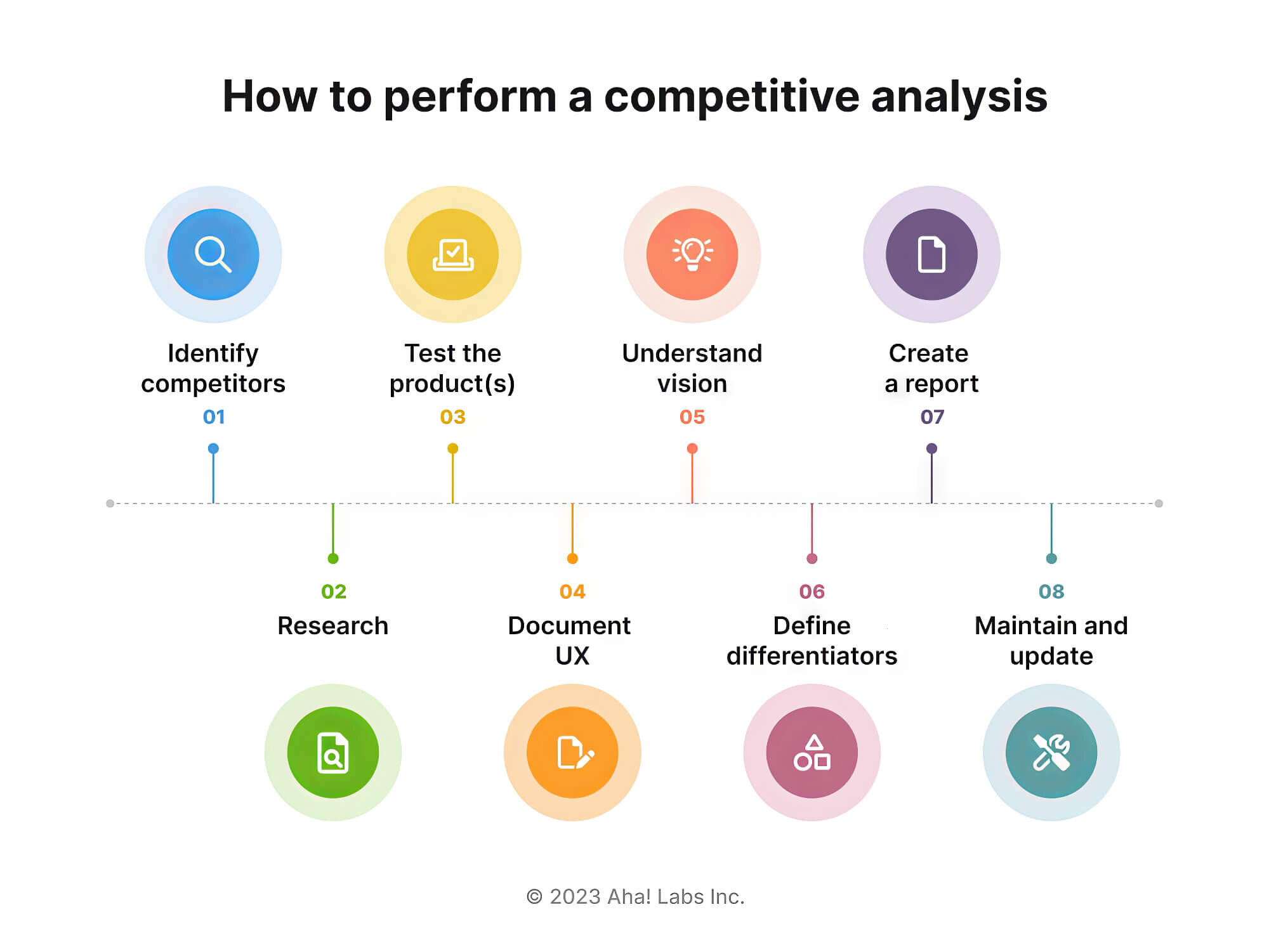
8. Compile a List of Your High-Performing Assets
Prepare a list of high-performing assets to identify and leverage elements that have proven successful in driving traffic, engagement, and conversions.
Always remember to perform the following action while redesigning your website for your local business.
- You can start by analysing your website analytics to identify pages, content, or features that have performed exceptionally well.
- Look for pages with high traffic volumes, low bounce rates, extended session durations, and increased conversions or goal completions.
- Identify blog posts, articles, or landing pages that have consistently attracted a significant number of visitors or generated a high level of engagement.
- Focus on pages that have led to a high number of conversions or goal completions, such as contact forms submitted, newsletter sign-ups, or product purchases. And then understand what elements or calls to action on these pages have encouraged visitors to take the desired actions.
- Examine the effectiveness of various calls to action across your website. Also, identify which CTAs have driven the most clicks and conversions.
- Consider design elements that have contributed to positive user experiences and engagement.
- Take note of the sources of traffic that have directed visitors to your high-performing assets.
- Leverage the successful aspects to create a consistent and optimised user experience across your redesigned website.
Elevate Your Local Business With These Website Redesign Tips
You can realise phenomenal outcomes daily with a well-executed website redesign as a business owner. It also helps to remake your local business’s online presence and generate concrete results. Furthermore, you must know that a website update is more than a makeover.
It’s a chance to redefine your online success and start your local business on a growth path. So, take advantage of this chance to improve your web profile and leave a lasting impact on your audience.

